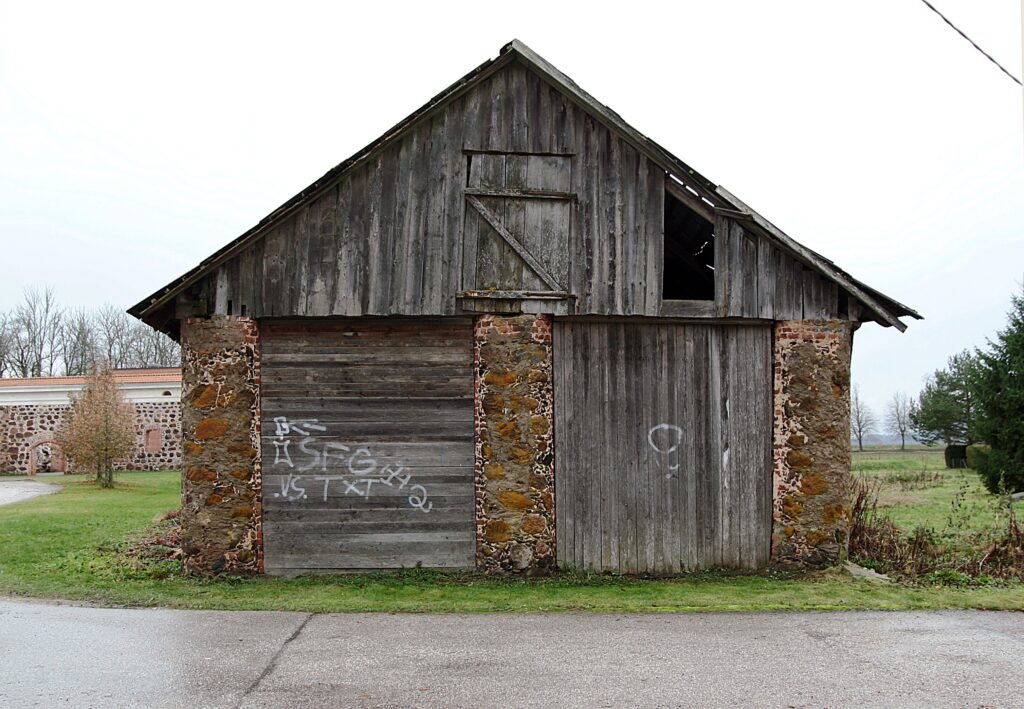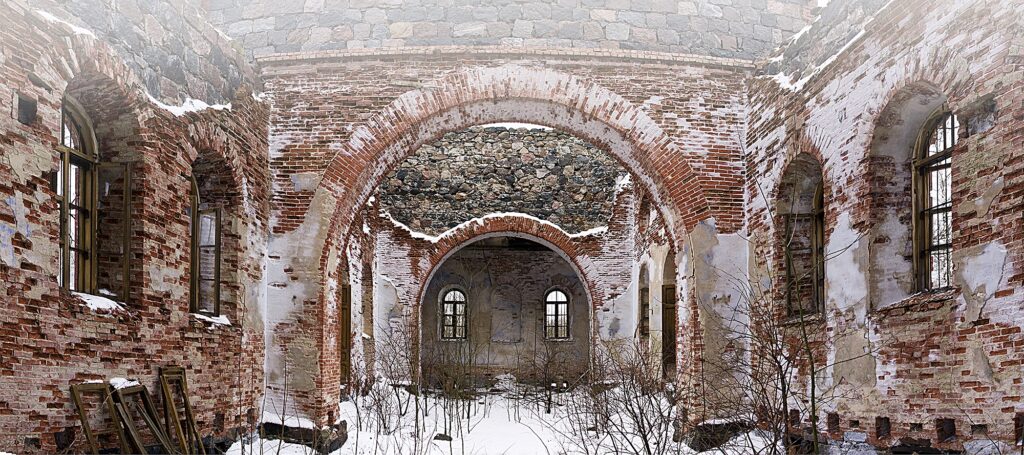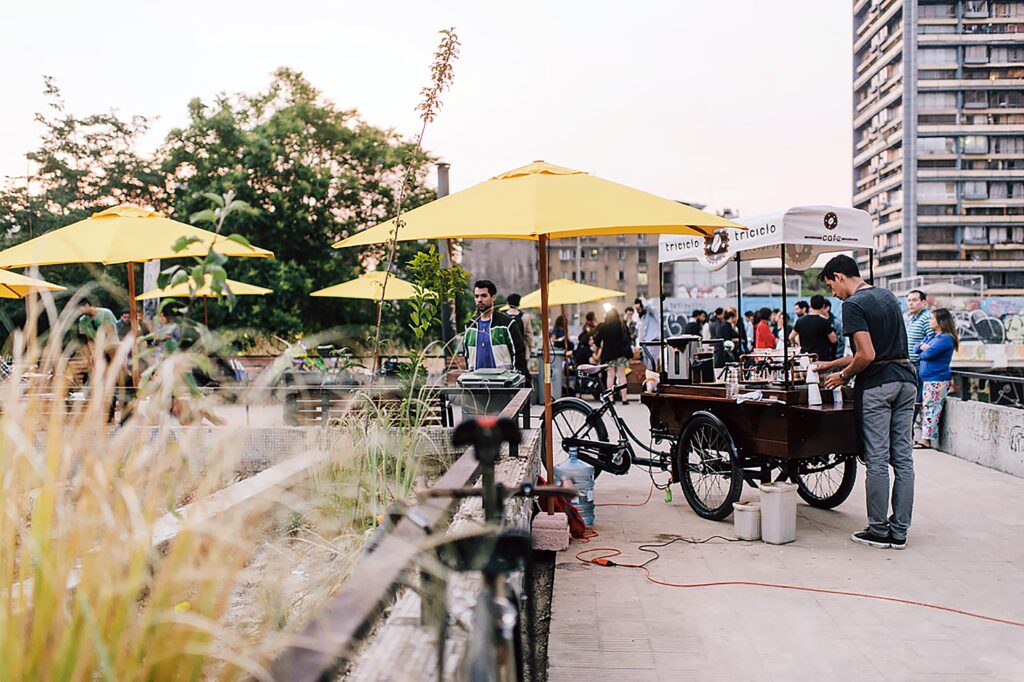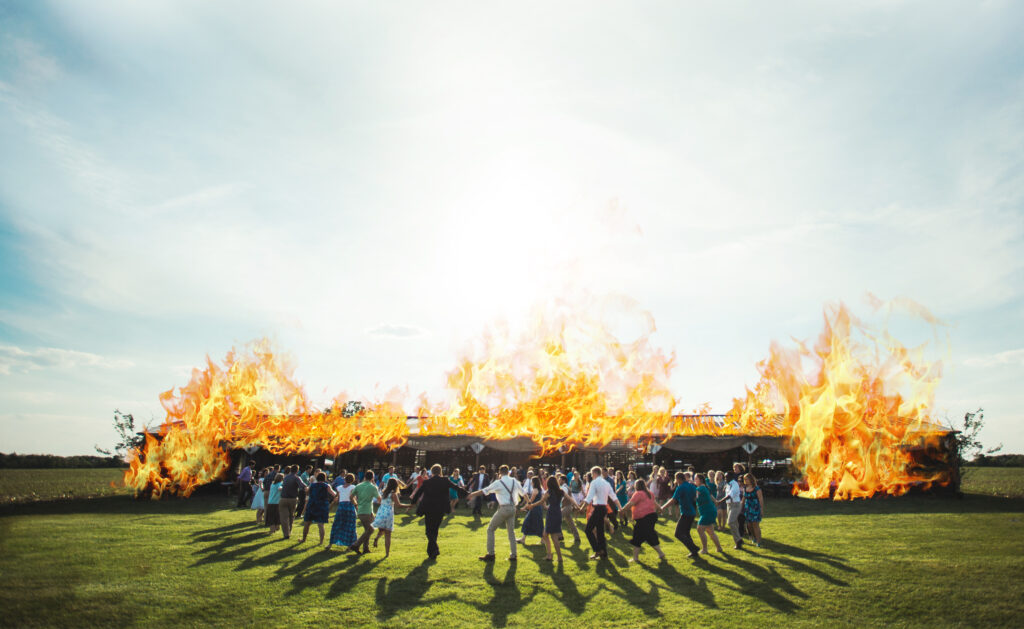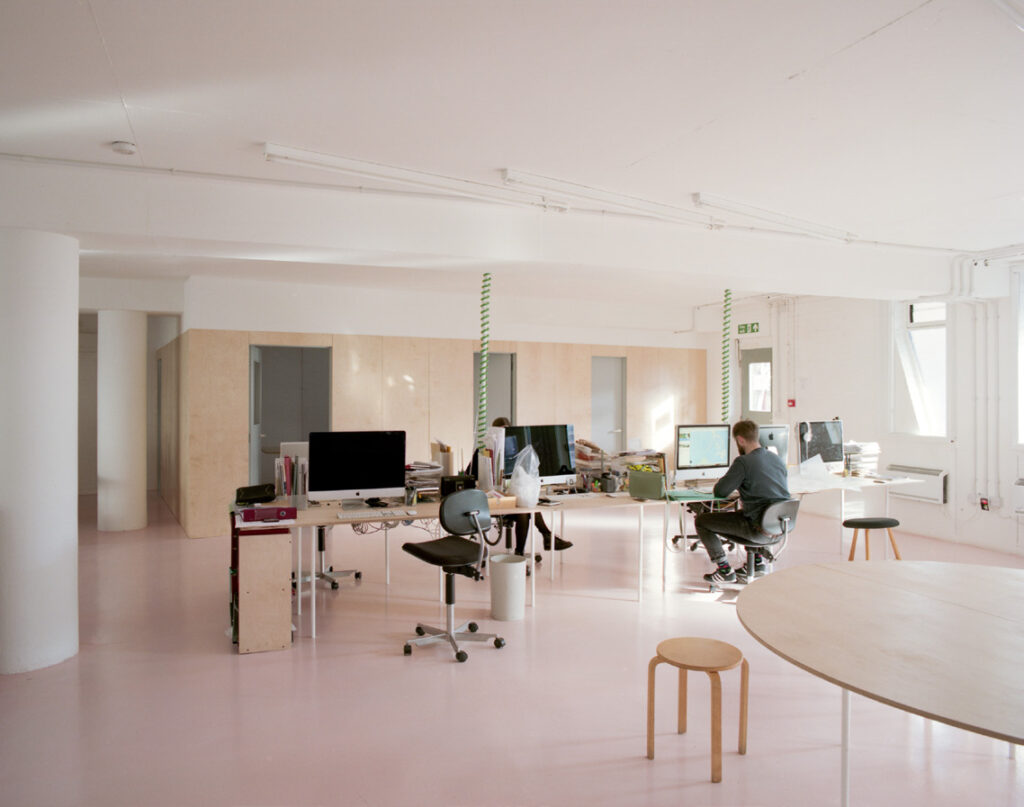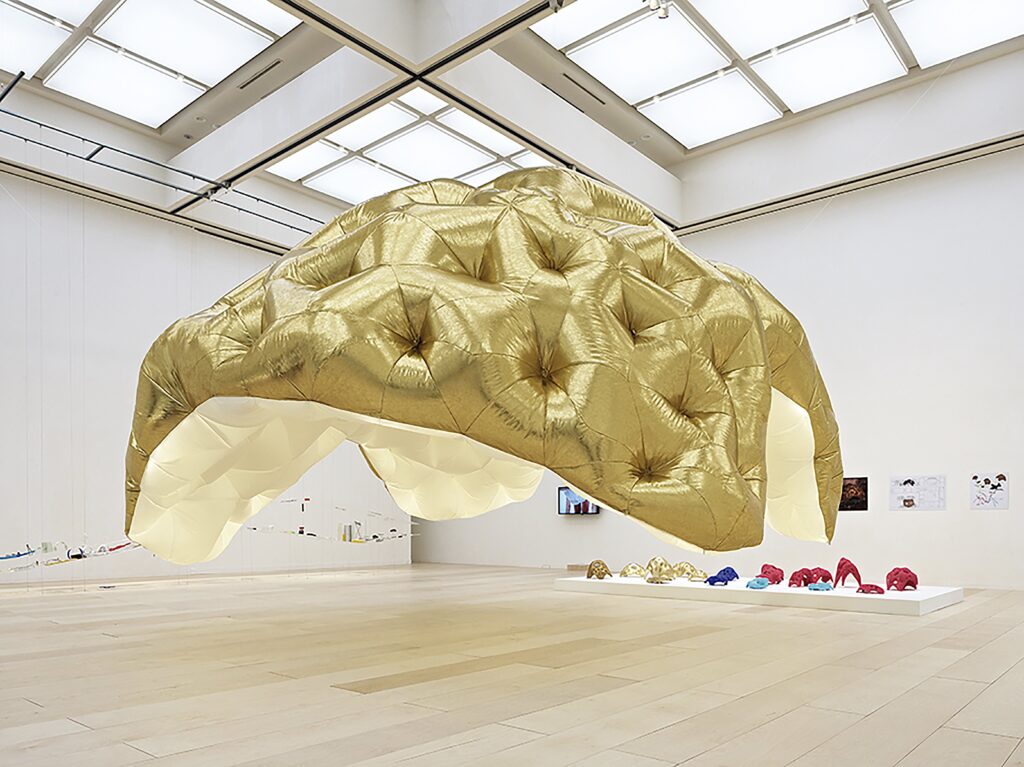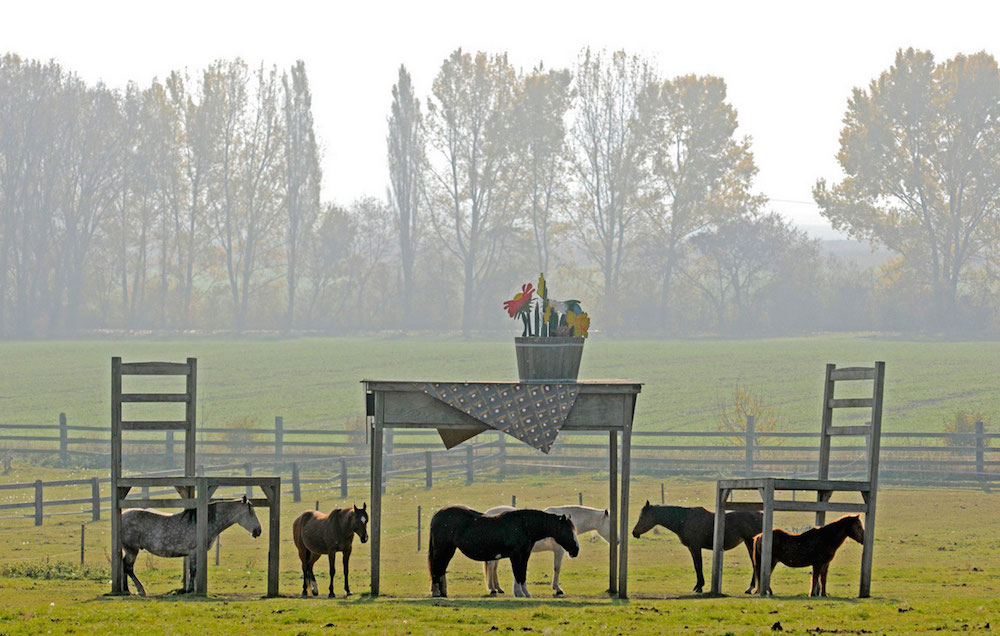SPATIAL DESIGN
The stocky fieldstone columns of Viljandi County sometimes form a part of a romantic landscape of ruins, sometimes a utilitarian agricultural complex. Although built more than a hundred years ago, they form architecture with a strong presence in the here and now. They are a framework that can be either filled or let alone as needed.
There are approximately 50 unused or ruined churches in Estonia. The Master’s thesis suggests establishing columbaria, i.e. burial places for cinerary urns, in abandoned sanctuaries in Estonia. Changing the condition of the buildings as little as possible is intentional: the lives of the buried souls and the sanctuaries that surround them have ended.
Delving into characteristic coastal community places is one option for boosting Estonia’s coastal landscapes. The selected coastal cultural spaces – Liu boat workshop, Kabli bird station and the former polder field with an abandoned pump station – are places on the coast of Pärnu Bay that are worth reviving for the benefit of locals and visitors alike.
A story of ruptures and their appropriation.
The Master’s thesis is concentrated on four Estonian small towns (Mõisaküla, Püssi, Kiviõli and Räpina) implementing three stages: intervention, new programme and planning. The intervention is a small-scale realization of an idea, such as an installation, which functions as a test to initiate a dialogue with the residents of the town. The new programme describes the implementation of the idea in a small town, including a new function for a plot by which both the urban landscape and structure undergo changes.
I sat down with Judith Lösing, Julian Lewis and Dann Jessen, the three directors of East Architecture Landscape Urban Design Ltd., the architecture office I work with in London. As an office it is not uncommon for us to exchange ideas and discuss matters that might not have a direct connection to a project but that are a part of a wider architectural discussion. For this issue, I invited the three directors to discuss the way East’s practice that spans around 20 years relates to the theme of authorship in architecture and how practicing more or less exclusively in London shapes that relationship.
“We are interested in producing new ideals of beauty, in other words, new poetical images that can renovate our collective assumptions.”
‘We had completed our design submission for an architectural design competition. The detailed plan determined the building’s shape, roof pitch, roof height, eave height, the choice of building materials, entrance to the lot, the parking space of its residents and the client also provided us with a specific layout for rooms. We thought we had quite a decent building. Then an architecture student appeared and asked: ‘Well, what is the concept of this building...?’’
Designation of the status of a valuable individual object in a spatial plan could be considered as a reference to an architectural value that should not be unknowingly destroyed and that will be provided with specific conditions upon issuing the building permit or the design provisions.
We do not merely need the spatial policy as a document but also the people to implement it.
Postitused otsas

